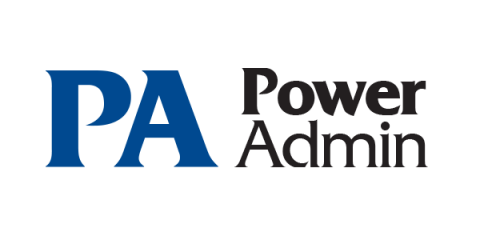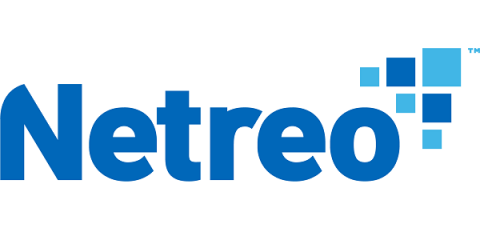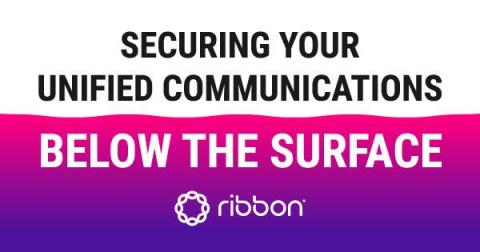Drive 99.999% Uptime for Your Data Center by Supercharging your NOC
Your NOC data center is vital to your enterprise’s success, due to the fact that it bridges the gap between your computer network and telecommunications infrastructure. This center also enables your enterprise to quickly and effectively identify IT downtime and outages and address these incidents before they damage your enterprise and its stakeholders.











